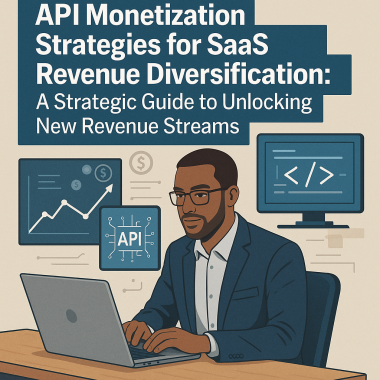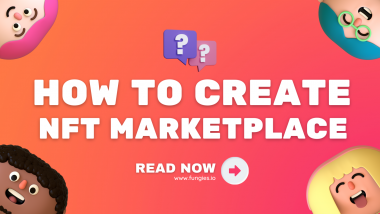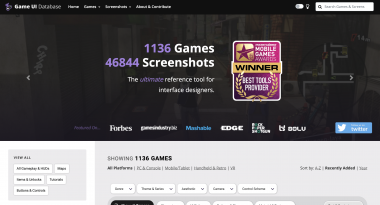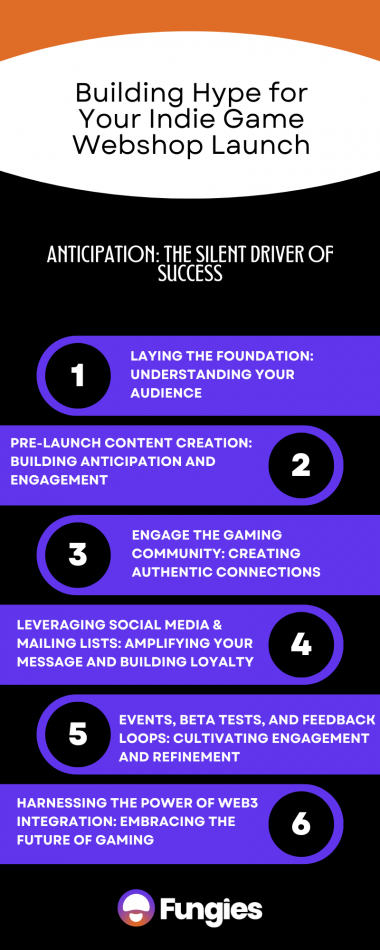Why Indie Devs Love Steam: A Quick Overview
Steam is the mecca for indie developers—plain and simple. It’s the platform that transforms bedroom coders into rockstar devs. From its sheer audience size to the user-friendly interface, Steam remains an incomparable venue for getting your game out there.That’s why it’s every developer’s dream to sell Steam games.
The Goldmine: What’s Up for Grabs When You’re on Steam
Think of Steam as your personal El Dorado. We’re talking exposure to millions of potential players, a built-in community, and a host of promotional tools. But remember, with great rewards come great responsibilities.
Part 1: The Initial Stages

By carefully navigating initial stages, you set a firm foundation for your game’s success on Steam. Attention to detail in account setup, legal compliance, financial arrangements, and profile creation can significantly influence how smoothly your game launches and how well it performs thereafter.
Setting Up Your Steam Developer Account
This is the critical first step that lays the groundwork for your game’s entire lifecycle on the platform. Steam offers a straightforward online registration process. However, attention to detail is crucial here. Double-check every form and field, ensuring that the information you provide is accurate and complete. A small error could result in delays or complications down the line.
Filling Out the Paperwork: A Detailed Guide
The initial stages require a fair amount of paperwork, but this administrative task is crucial. You will need to provide various forms of documentation, including identification and tax forms. Thoroughly review all contractual terms before submitting your application to Steam. Inaccuracies or incomplete forms can set you back, so meticulousness during this phase can save you time and effort in the long run.
Identifying Legal Hurdles: Key Information
One significant aspect of setting up your developer account involves understanding the legal implications, particularly concerning intellectual property rights. If you’re using assets, music, or code that you didn’t create, you must secure the necessary permissions or licenses. Failure to adhere to legal guidelines can result in severe consequences, including the removal of your game from the platform. Read through all legal agreements carefully, and consider consulting a legal advisor to ensure you’re compliant with all requirements.
Setting Up the Financials: Banking and Tax Essentials
Sure, the creative part is thrilling, but remember, you’re running a business. Properly configuring your banking and tax information is essential for the flow of your hard-earned cash. Your developer account isn’t just about the game; it’s also a business account. Ensure that your bank account details are correctly entered and that your tax information matches your official documents.
Is Your Country in Steam’s Favorable Tax List? Find Out!
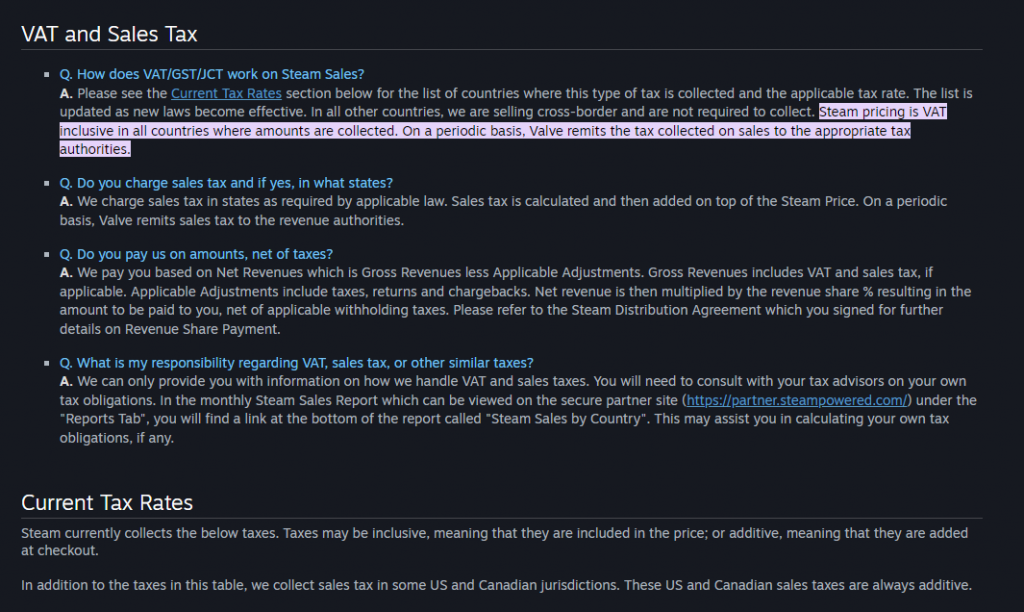
Location, location, location. This affects not just real estate but also your digital assets. Some countries enjoy a tax-friendly relationship with Steam. Make sure to check if yours is one of them.
Creating Your Game’s Steam Profile: Making a Strong First Impression
Your game’s Steam profile serves as the storefront for potential buyers.
Crafting Your Game Description
Crafting an effective game description is crucial. It should be compelling but also accurate, clearly outlining what players can expect. When writing your game’s introductory text, focus on capturing interest quickly. Your aim is to make it intriguing enough for users to want to read more and ultimately make a purchase.
Thumbnails and Screenshots: Make Them Click
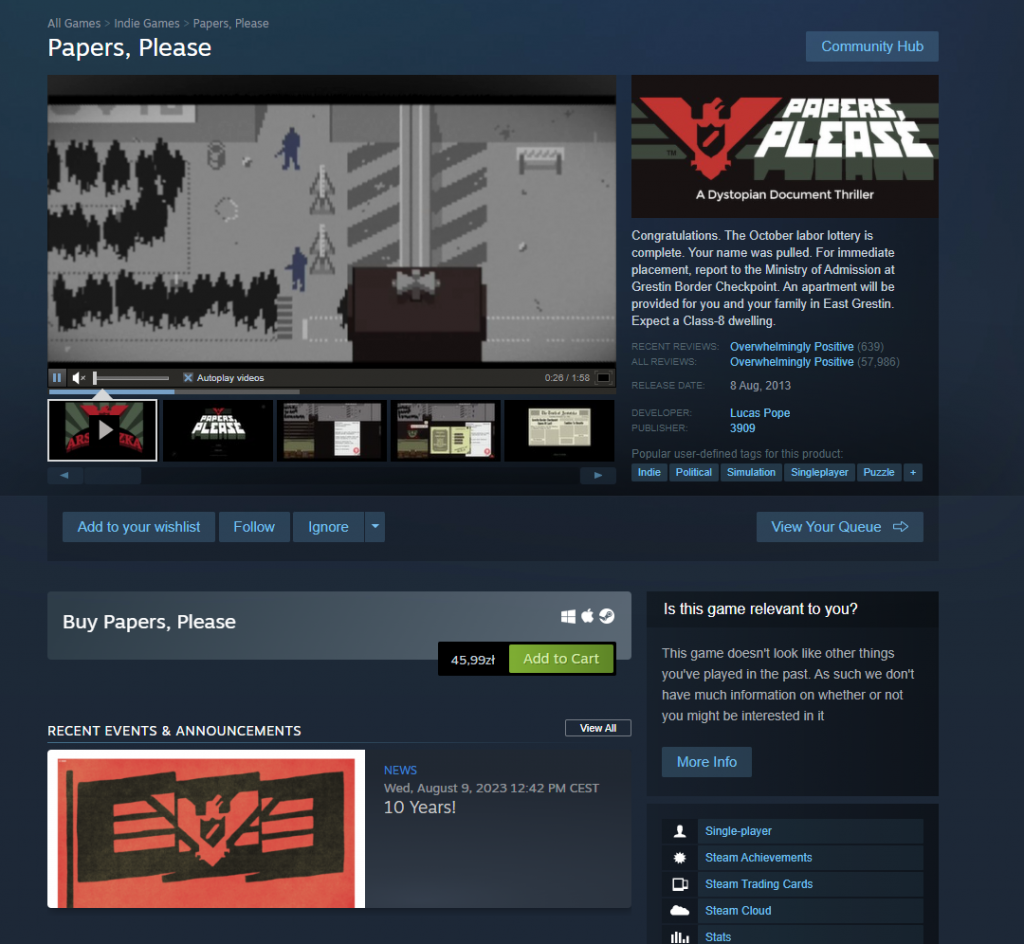
Visuals don’t just serve as decoration; they’re your frontline salesmen. Pick images that not only represent your game but also ignite curiosity. Your chosen thumbnails and screenshots should not only be high-quality but should also convey the essence of your game.
A/B Testing for Images: What Resonates with Your Audience?
To maximize engagement, consider conducting A/B tests on your visual elements. By displaying two versions and monitoring performance metrics, you can learn which images resonate most effectively with your target audience.
Entry Fees: Let’s Talk Money
Steam Direct requires an upfront fee for each game you intend to publish. This initial cost is essential for getting your game listed, but it’s not the only expense to consider. Keep an eye on other hidden costs like Value Added Tax (VAT), potential localization expenses, and marketing costs.
Part 2: Prepping for Launch
Steam Keys: Your Little Virtual Commodity
Steam keys are the digital passports that allow players access to your game. These keys can be generated via your Steam Developer account and can be distributed across various platforms, making them highly versatile. Whether you’re offering giveaways to influencers or bulk selling on third-party platforms, Steam keys can amplify your distribution network.
Generating Steam Keys: A Step-by-Step Guide
Producing Steam keys is a relatively straightforward process but is confined to verified Steam Developer accounts. To generate keys, navigate to your game’s landing page within your developer account, find the “Edit Steamworks Settings,” and then locate the “Steam Keys” section. From here, you can specify the number of keys you wish to generate and for what purpose. It’s important to monitor how many keys you’ve issued and to whom, for auditing and security reasons.
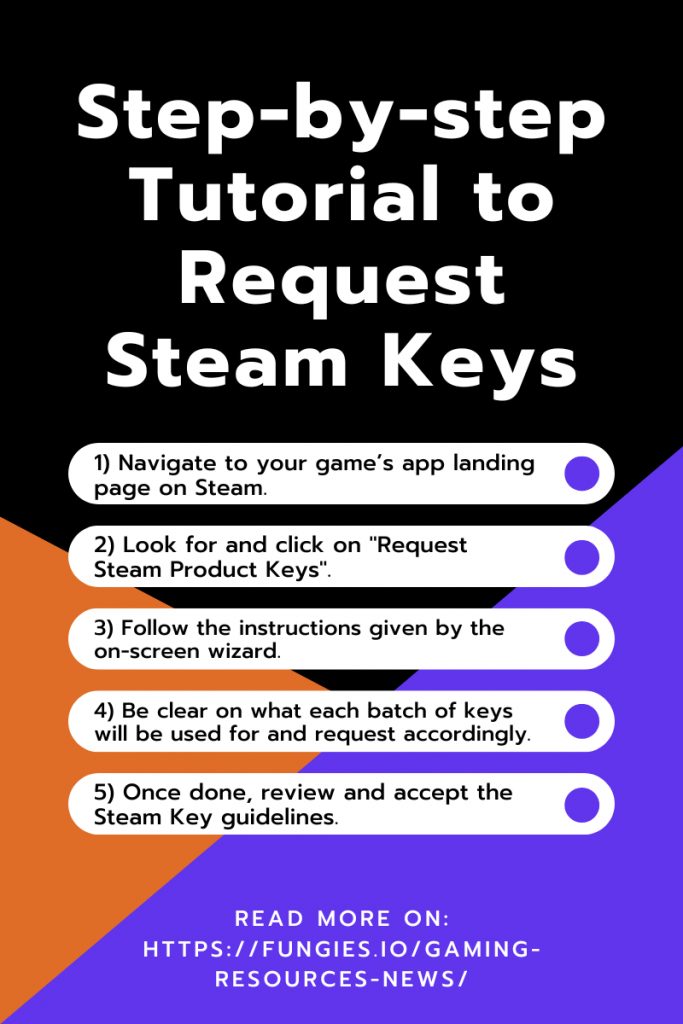
When and Where to Sell Steam Keys
The timing and platforms you choose for selling Steam keys can greatly impact your sales metrics. Releasing keys during peak seasons or events can enhance visibility. As for the platforms, numerous third-party sites exist for selling Steam keys, but it’s crucial to select a reputable partner to avoid potential fraud or loss of revenue.
Selling Steam Keys: Beyond the Steam Ecosystem
Selling keys on third-party websites can expand your customer base, but it also comes with risks like potential fraud or violation of Steam’s terms. Always abide by the Steam key reselling policy and opt for platforms that have a proven track record for legitimacy.
Testing Your Game with Real Players
Actual gameplay testing is invaluable for detecting bugs, assessing gameplay mechanics, and refining the user experience. Steam Community can be a highly useful platform for alpha and beta testing your game.
Using Steam Community for Alpha and Beta Testing
Steam Community is not just a forum but also a valuable feedback tool. You can create specific community pages or groups focused on your game’s alpha or beta version. It offers developers an opportunity to interact directly with users and gather their insights.
Best Practices for Collecting Feedback
While feedback is vital, it’s important to discern between useful critique and inconsequential noise. Encourage users to provide structured, specific feedback and use metrics or surveys for more quantifiable data. This will help you prioritize the most pressing issues or desired features.
Types of Beta: Open, Closed, and Early Access
Different kinds of beta testing serve diverse purposes. Open betas are accessible to anyone and can generate buzz, but they can also expose unfinished elements of your game. Closed betas involve a select group and allow for focused feedback. Early Access is a form of beta that also generates revenue but sets expectations that the game is a work-in-progress.
Setting the Price: The Psychology Behind the Tag

The price tag you set for your game is not just a number but a statement of its perceived value. Psychological pricing strategies, such as setting the price at $4.99 instead of a flat $5, can make the game appear more affordable and increase the likelihood of a purchase.
To Discount or Not to Discount: Pre-Launch Price Considerations
Offering pre-launch discounts can create initial excitement but might also set a precedent for future pricing expectations. It’s a double-edged sword, essentially. Weigh the potential short-term gains against the possible long-term impacts on your game’s perceived value.
Crafting Patch Notes and Updates
Patch notes serve as an ongoing communication channel between developers and players. They should be detailed and straightforward, explaining what the update does and why it matters. Your audience will appreciate the transparency.
Planning Your Update Calendar
Game updates should be systematic and strategic. Having a planned update calendar helps you maintain ongoing player interest and allows you to prepare resources for substantial updates or fixes in advance.
Seasonal Updates: Seizing Holiday Opportunities
Seasonal events like Halloween or Christmas offer unique opportunities for themed updates, bringing both existing and new players into your game. Capitalize on these moments to introduce new content or features that align with the festive mood.
Part 3: The Big Day and Beyond
Finalizing Your Steam Page
The Steam page is essentially your game’s storefront, so it needs to be immaculate. From visuals to text, make sure everything aligns with the brand image. Before hitting that “publish” button, review every single element on the page.
Triple-check everything. Your game’s launch isn’t the time for typos or broken links.
Last-Minute SEO: Maximizing Visibility
Search Engine Optimization (SEO) isn’t just for websites; it’s vital for your Steam page too. Make sure you integrate keywords relevant to your game and its features. This last-minute SEO boost can elevate your game’s visibility, ensuring it doesn’t get lost in the crowded marketplace.
Launch Promotions and Events
The launch day should be accompanied by a cacophony of promotional activities. Whether it’s social media blasts, influencer partnerships, or press releases, ensure that you have a coordinated promotional strategy to announce your game’s arrival.
Getting Featured: How to Make it to Steam’s Front Page
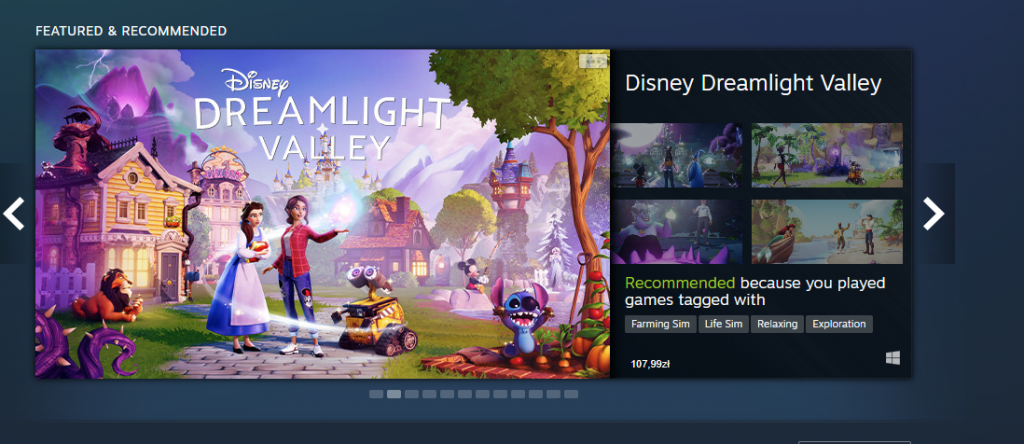
Being featured on Steam’s front page is a big deal. However, it’s not all luck; there’s a method to the madness. Quality is key, but so is engagement. Interact with your community, keep your game updated, and maintain a healthy review score. Reach out to Steam representatives, build a relationship, and make a compelling case for your game’s front-page worthiness.
Reviews: The Good, The Bad, and The Ugly
Let’s face it, reviews are a double-edged sword. They can either make your game a star or send it into oblivion. Given their pivotal role, managing them effectively is crucial.
Strategies to Drive Initial Reviews
Early reviews set the narrative for your game. To generate those initial reviews, consider leveraging your game’s community, reaching out to influencers, and even offering limited-time in-game bonuses for honest reviews. But remember, quality is king—no amount of positive reviews will save a sub-par game.
Handling Negative Reviews: Crisis Management Tips
Negative reviews can feel like a punch in the gut, but they’re also an opportunity for improvement. Instead of lashing out or ignoring the feedback, respond professionally. Acknowledge the issue, offer a solution if possible, and take the criticism onboard for future updates. Your responsiveness to negative reviews not only helps improve your game but also builds trust within your user community.
Part 4: Keeping the Momentum
Community Management: Your Army of Fans
Active community management is essential. Interact with fans through social media, newsletters, and forums to keep them engaged and excited about your game. Address concerns proactively and roll out regular updates based on community feedback.
Leveraging User-Generated Content
Fan-created art, mods, or even walkthroughs act as free promotional material. You should absolutely take advantage of this. Feature standout content on your social media channels or even your Steam page.
Highlighting Community Success Stories
When a player achieves something noteworthy in your game, shout it from the rooftops. Highlight these moments on social media, or even within the game itself, to show that you’re actively engaged with your community.
Managing Your Discussion Boards: A Mini-Guide
Online discussion boards can either be hubs of constructive feedback or spiral into toxic environments. Effective moderation is key. Lay down guidelines for discussions, flag or remove disruptive posts, and ensure that the community remains a space for constructive conversations.
Steam Sales, Bundles, and Other Opportunities
Participating in Steam sales is akin to showcasing your game on a grand stage. The visibility and potential for revenue generation are too significant to ignore.
Analyzing Your Sales Data: A Crash Course
Sales data provides actionable insights that can influence your future marketing strategies. Regularly review this data to spot trends, both positive and negative. This can help you refine your approach to promotions, updates, and even game modifications.
Collaborative Bundles: Joining Forces with Other Devs
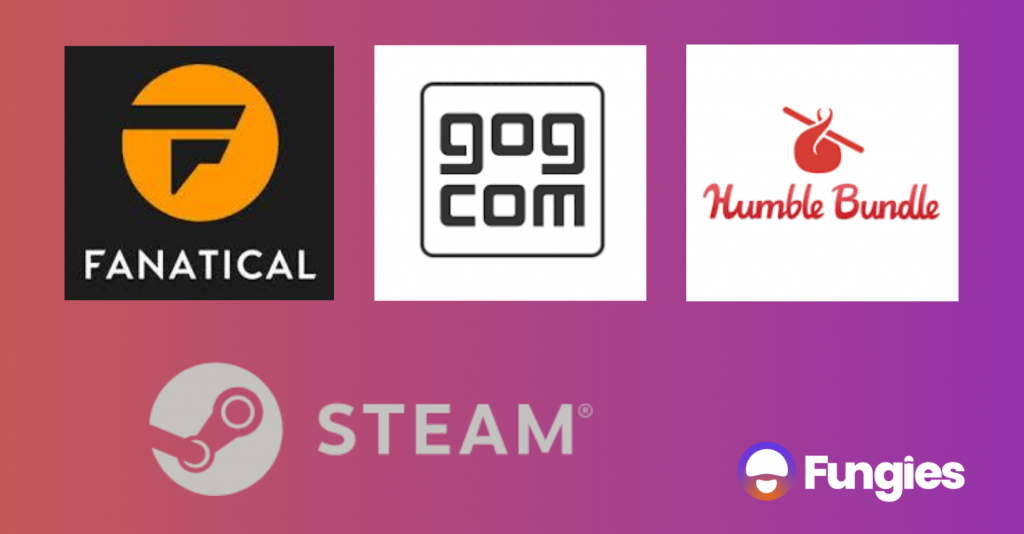
Collaboration with other developers can open doors for collective marketing efforts and exposure. A bundle that includes your game alongside others with complementary themes or mechanics can attract a wider audience, effectively increasing your visibility and potential revenue.
Achievements and Trading Cards: The Icing on the Cake
Achievements should be more than just vanity milestones; they should encourage continued engagement. Craft achievements that players will find both challenging and rewarding.
Stats Don’t Lie: Why Trading Cards Matter
Trading cards might seem like small fry, but they can be an additional revenue stream and a powerful tool for engagement. Players often sell or trade these cards on the Steam marketplace, earning you a slice of the pie each time. They also add an extra layer of excitement for players looking to complete their collection.
Part 5: The No-Code Storefront Option
Why No-Code? The Unexplored Territory
The no-code option is like a shortcut to establishing your own digital storefront. It frees you from the complexities of coding, enabling you to focus on what you do best: creating an engaging game. You gain the flexibility to sell Steam keys and even branch out to different platforms without technical roadblocks.
Branding: Tailoring Your Own Game Store
Branding is crucial in the crowded gaming market, and a no-code storefront offers you full control over this aspect. You can customize your store to match the aesthetics and ethos of your game, creating a seamless experience for potential buyers.
Steam and Your No-Code Storefront: A Seamless Marriage
Thanks to API integrations, your no-code storefront can work in harmony with Steam. This means that you can manage inventory, track analytics, and execute promotions in both ecosystems simultaneously, offering a unified experience for your players.
Picking Your No-Code Partner
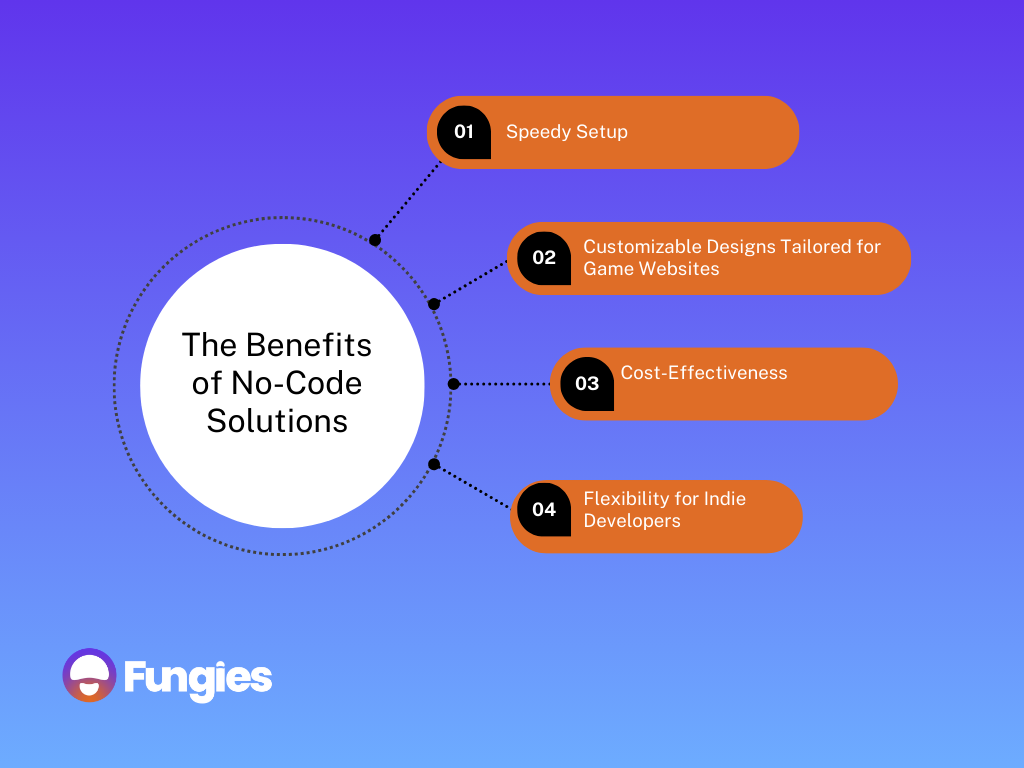
Choosing the right no-code platform is pivotal. You’ll want to assess each option based on features, pricing, and scalability. Make sure the platform aligns with your business needs today and has the flexibility to grow with you.
Features You Can’t Ignore
Essential features like payment gateways, inventory management, and real-time analytics should be at the top of your checklist. These elements are the backbone of any successful online storefront, affecting both your operations and customer experience.
Budgeting for a No-Code Storefront
Different no-code platforms come with different pricing models. Some may charge a flat fee, while others could take a percentage of your sales. Make sure you understand the full financial implications and long-term commitments before you make your decision.
DIY vs Professional Services: Making the Choice
While no-code platforms are designed for ease of use, some also offer professional setup services. Evaluate your own skill level and time availability to decide whether a DIY approach or opting for professional services would be more beneficial for your business.
Summing It All Up: Your Steam Success Blueprint
You now possess a comprehensive roadmap designed to guide you through every phase of launching and sustaining your indie game on Steam. This guide serves as a blueprint, from your initial market research and pinpointing the right audience, to strategizing an impactful marketing campaign and optimizing your Steam page. Moreover, it provides a robust post-launch strategy, emphasizing the importance of maintaining an active and engaged community, capitalizing on user-generated content, and leveraging data analytics. It even delves into the advantages of no-code storefronts as a flexible and efficient solution for your sales needs. Each section of this guide could easily be its own manual, but collectively, they create a holistic strategy for success in the competitive landscape of Steam.



